7 Tips for Helping Children Overcome the Bystander Effect
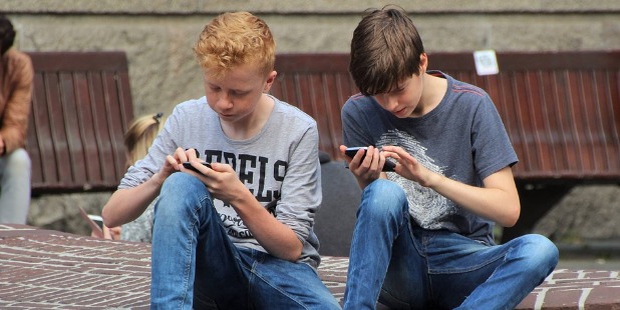
What is the 'Bystander Effect'? Well, in a nutshell, the bystander effect is when people witness something occuring that is immoral or potentially harmful to another person and rather than speaking up or providing assistance to the victim, they encourage the act with their silence or failure to take action. For children, this is manifested most commonly in the issue of bullying.
Bullying has become an important concern in the last few years and thankfully, it is getting some of the attention that it needs through social media and local news outlets. How can you help to prevent the bystander effect in your children so that they are not contributing to this problem? Here are tips that you can teach children to help combat this issue.
1. Don't be a Spectator
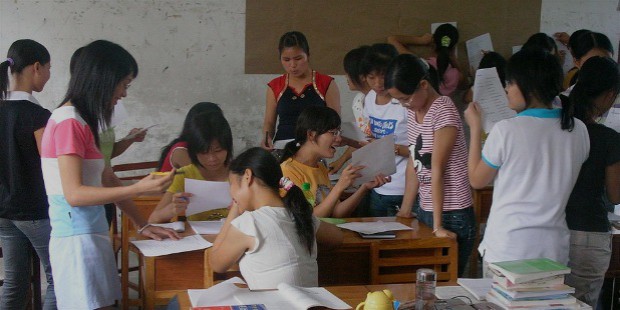
Some bullies crave attention and fear. Teach kids not to laugh or watch silently. Instead teach them to speak up and say this is NOT okay unless they are worried for their own safety, in which case teach them not to stick around and watch but to get help immediately. While it may seem 'uncool', remind them that if they were the victim, they wouldn't want people to stand around and watch.
2. Encourage Group Good
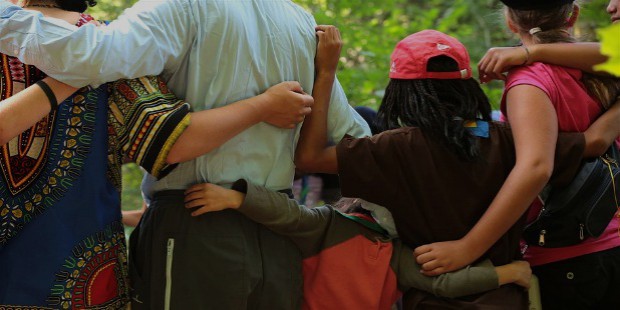
Many times, when the bystander effect is in play, it is because people are afraid to speak up. Children can be taught to discourage this by telling them to try and speak with the others. Remind them there is power in numbers and that if everyone speaks up, the bully may be discouraged. Again, discretion for safety is important, but whenever possible children should encourage each other to take action instead of condoning a bullies efforts by their laughter or silence. Bullying is everyone's problem, not just the victim.
3. Teach Them to help the Victim Get Away
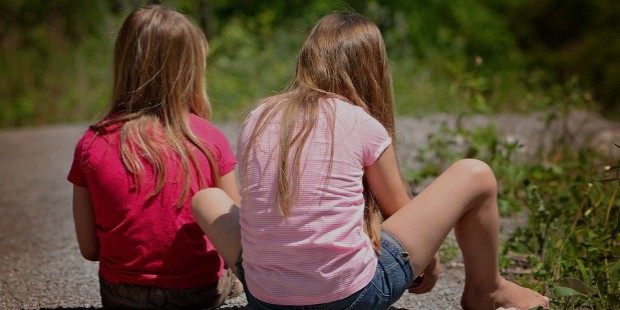
Sometimes, safety considerations mean that options are limited for children in hazardous environments. One way they can avoid the bystander effect in such a case is to help the victim get away. They can check the hall for bullies before the 'victim' goes there or help to warn them by text when they are aware that a known bully will be in a certain location.
4. Befriend the Victim

One of the ways to combat the bystander effect is to help the victim through simple kindness. Encourage them to speak and perhaps make a new friend. Addition to a group can help reduce a bully's chances to get the victim alone and can also help provide them some much-needed comfort.
5. Don't Let it go Unreported
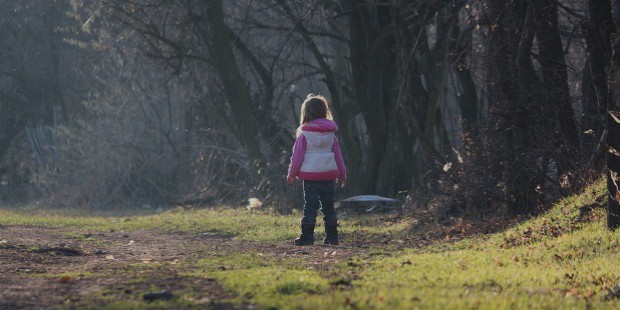
Teach children that supporting bullying by silence can have serious ramifications, not only for the victim but for the ones that come after when the empowered bully decides that he can do as he likes. If they are afraid to tell a teacher, principal, or someone else at their school then encourage them to speak with you so that you can let someone know. Remember that the bystander effect doesn't just occur when something bad is witnessed. It also occurs when nothing is done AFTERWARDS.
6. Share Some of Your Own Experiences
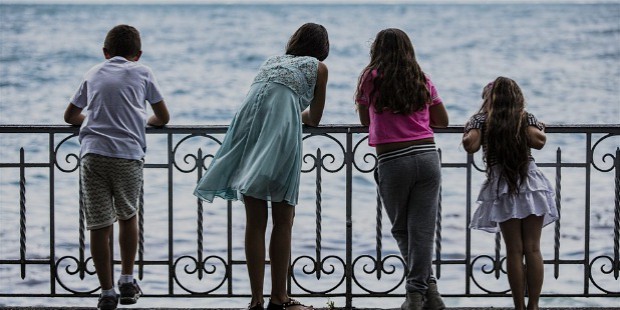
Share some of your own stories from when you were a child and experienced the bystander effect. What did you do? What did you wish you could do better? This can encourage rapport with your children and let them know that you really do understand. Show them that you were in their shoes once.
7. Make Sure They have Emergency Contacts in Their Phones

Sometimes issues can occur outside of the school where an action is needed but possibly unsafe. Make sure that your children have access to emergency numbers on their phones so that they can contact you or know which authorities may be called for assistance once they are safely away from the situation.
Use these tips for discussion points with children to educate them about the bystander effect and the ways that they can fight it. Remember, the best way to approach a societal problem is awareness, so let's all do our part to spread the word!









